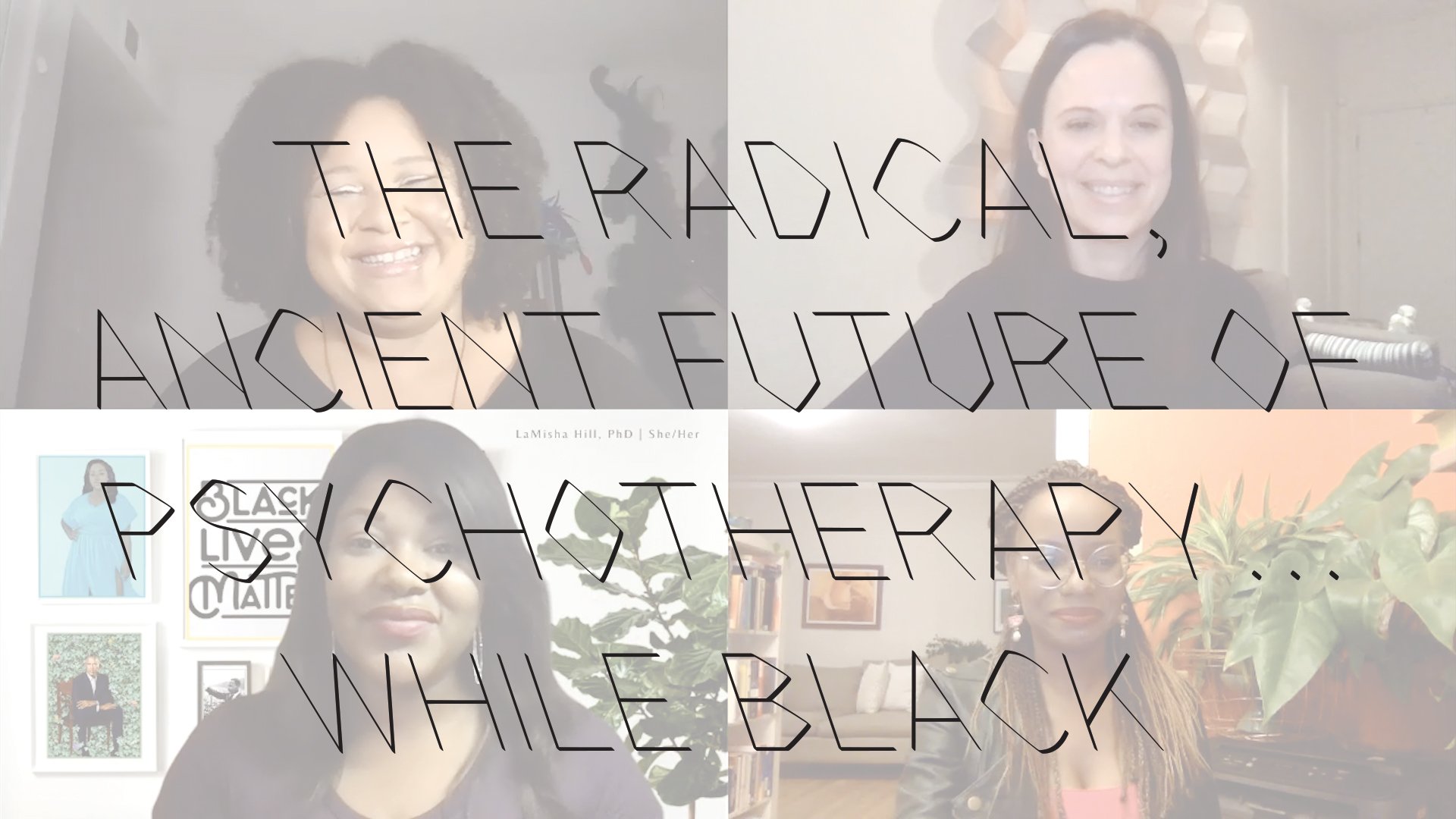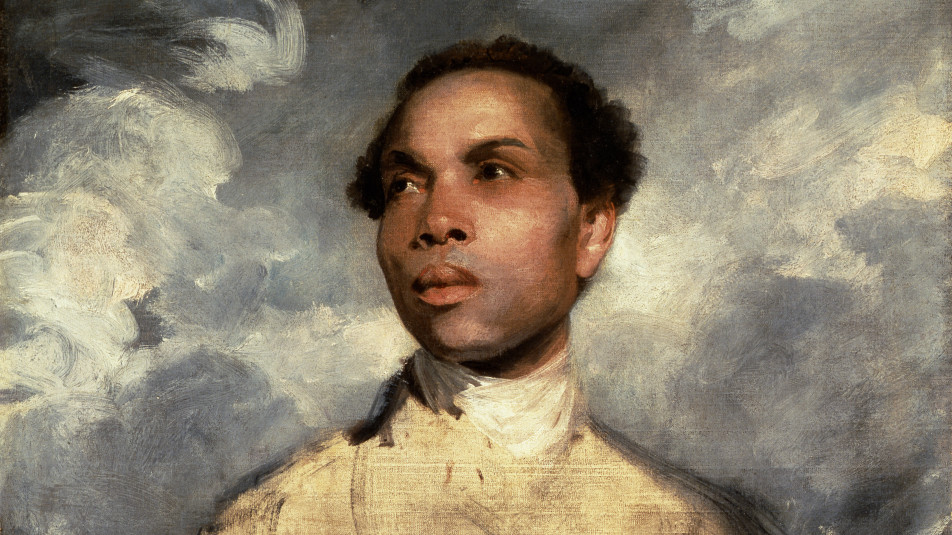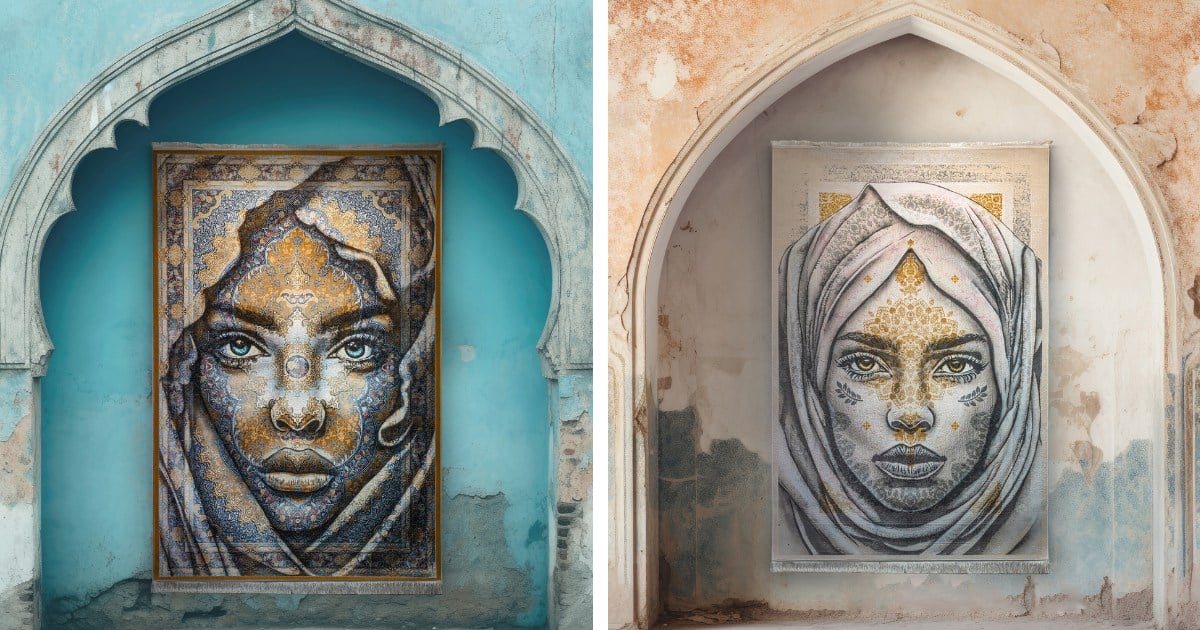Creole Portraits III
2009 - Drawing & Print (Drawing & Print)
91.44 x 60.96 cm
Joscelyn Gardner
Creole Portraits III alludes to the 18th century practice by slave women on Caribbean plantations of using tropical plants as natural abortifacients. As an act of political resistance against their exploitation as “breeders” of new slaves and to protest the inhumanity of slavery, some slave women chose to either abort or kill their offspring. Armed with practical knowledge passed on orally from their African ancestors and/or Amerindian counterparts, enslaved Creole women collected the seeds, bark, flowers, sap, and roots from various plants which allowed them to secretly put an end to their pregnancies. The lithographic portraits reveal intricately braided Afro-centric hairstyles viewed from behind entwined within the iron slave collars which were used to punish female slaves accused of inducing abortion. Each portrait also displays one of the botanical specimens used for this purpose.
Joscelyn Gardner is a Caribbean / Canadian visual artist working primarily with printmaking and multimedia installation. Her contemporary practice probes colonial material culture found in British / Caribbean archives in order to explore her identity from a postcolonial feminist perspective. Since 2000, Gardner has been living in Canada where she is a full-time Professor in the School of Art & Design at Fanshawe College in London, Ontario, and founding Chair of the artist collective, Print London.
Colors:
Related works sharing similar palette
» see more

© » KADIST
Yao Qingmei
2017Satirizing an airport security checkpoint, The Ecdysiast – Molt (Body Inspection) by Yao Qingmei offers a comedic and critical inquiry into the logics underpinning collective control and surveillance culture...

© » KADIST
Rivane Neuenschwander
2007Mapa-Mundi BR (postal) is a set of wooden shelves holding postcards that depict locations in Brazil named for foreign countries and cities...
Related works found in the same semantic group
» see more

© » ARTS EQUATOR
"Miss British": Embodying the Post-Colonial Complaint | ArtsEquator Thinking and Talking about Arts and Culture in Southeast Asia Articles Photo courtesy of Esplanade - Theatres on the Bay April 18, 2019 By Aparna Nambiar (1440 words, six-minute read) “How has colonialism affected you?” This question flashes upon the giant screens that span the studio walls of The Esplanade Theatre Studio...

© » KADIST
Uriel Orlow
2016The series The Memory of Trees is specifically about trees, and what trees have witnessed in South Africa: for example, trees that were used as locations for slave trading, or trees that was during the anti-Apartheid struggle as a kind of identifier for a safe house for activists who were fleeing from security forces...




